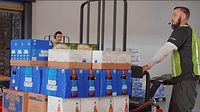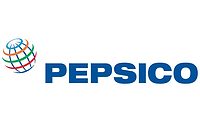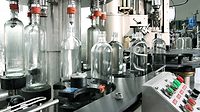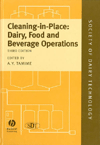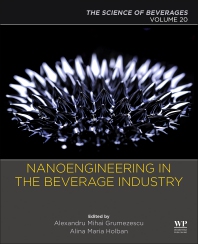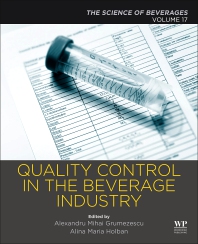Dry lubricant options help curb water use in beverage operations
Operators seek versatile lubricants to reduce needed inventories
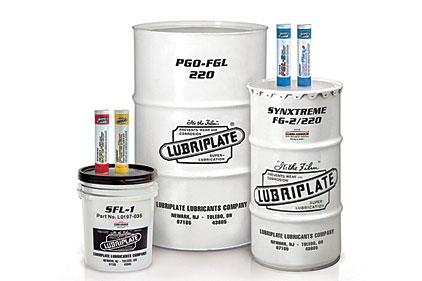
As portions of the United States deal with challenging weather patterns, water conservation continues to become a more prominent issue. As early as January of this year, the governor of California declared a state of emergency and directed state officials to prepare for a drought year, according to the governor’s website. This included asking all Californians to reduce water use by 20 percent, as noted on the Association of California Water Agencies’ website.
But these drought conditions are not just impacting California; as of Nov. 4, approximately 30 percent of the continental United States was in a state of moderate drought, The New York Times reported in a Nov. 8 story. To help conserve water and other environmental resources, some operators are turning to dry and biodegradable lubricants.
“Dry lubricants are lubricants that are designed with the intention of saving water,” explains Chad Thompson, senior program leader for research and development at Ecolab, St. Paul, Minn. “Dry lubricants can be sprayed neat without dilution water.”
Because lubricants contribute a large portion of the water use in conveyor lubrication, Ecolab has documented that dry lubrication can save up to 97 percent of water use for conveyor lubrication, Thompson says. As such, dry lubricants are gaining in popularity because of their ease of use and the “never-ending desire or need to conserve water,” he says.
|
Although Ecolab introduced its first dry lubricant in 2006, some of its customers still have not switched to dry lubricants, Thompson notes. To offer a product that is the best of both worlds, Ecolab recently launched DryExx Pro. “This new product offering will allow a plant the versatility of using one product as both a wet lubricant and as a dry lubricant,” Thompson explains. DryExx Pro can be applied neat or diluted with water to make it a wet lubricant, he says. In this way, a warehouse can stock one lubricant for multiple uses, he adds.
Another eco-friendly lubricant option can be synthetic lubricants, says Ellen Girard, original equipment manufacturer (OEM) marketing analyst for Lubriplate Lubricants Co., Newark, N.J. “OEMs are more frequently recommending synthetic lubricants because of the many advantages they offer,” she says. “Some synthetic lubricants are biodegradable, resulting in an eco-friendly workplace.”
Lubriplate recently launched Syncool-FG, an NSF H-1 registered, 100 percent synthetic polyglycolester air compressor fluid. As a synthetic lubricant, it is readily biodegradable, making it an eco-friendly product, Girard says. This lubricant is recommended for use in high-performance rotary screw and rotary vane air compressors where high operating temperatures are present, she adds.
Food safety first
Beyond eco-friendliness, beverage operators increasingly need to consider whether the lubricants they are using are food safe. “The Food Safety Modernization Act (FSMA) impacts the entire supply chain, which includes lubricants,” Lubriplate’s Girard explains. “We’ve seen that many beverage facilities are using NSF H-1 registered products only where completely necessary, [such as when] the lubricant could have incidental contact with the food, and then using NSF H-2, NSF H-3 or just traditional industrial lubricants in other applications where incidental contact will not happen. However, [because of] the advent of FSMA and much higher safety standards coupled with confidence in the quality, high-performance NSF H-1 registered products, more and more beverage facilities will switch to 100 percent NSF H-1 registered lubrication programs. Facilities would rather be safe than sorry if the [U.S. Food and Drug Administration] pays them a visit.”
Lubriplate’s Girard also notes that the use of 100 percent NSF H-1 registered lubricants eliminates the need to consider the lubricants as a potential chemical hazard critical control point in Hazard Analysis and Critical Control Point programs. In addition, if a facility uses only NSF H-1 registered lubricants, it also can reduce, consolidate and simplify its lubricant inventory, because NSF H-1 registered lubricants can be used on bottle-filling machines, can seamers, hydraulic systems, air compressors and more and also reduce the chance for lubricant misapplication, she notes.
Handling the heat
Along with these considerations, operators also need to choose lubricants that can get the job done in their beverage facilities. Sometimes this can include finding a lubricant that can withstand a beverage facility’s operating environment.
For example Klüber Lubrication North America L.P., Londonderry, N.H., launched at Pack Expo International 2014 last month lubricants suitable for operating in high-humidity, acidic and high-temperature environments. Its Klüberfood NH1 C 8-80 semi-synthetic chain oil has good chemical stability in acidic processes and high-humidity environments, the company says. Similarly, its Klüberfood NH1 CH 2-220 fully synthetic ester-based lubricant can operate at extreme temperatures, like in can manufacturing processes, for long periods of time without residue buildup, it says.
Choosing the right type of lubricant can ensure safe, smooth, efficient product handling as well as protection to moving parts, thus protecting company investments in both assets, experts note.
Looking for a reprint of this article?
From high-res PDFs to custom plaques, order your copy today!





